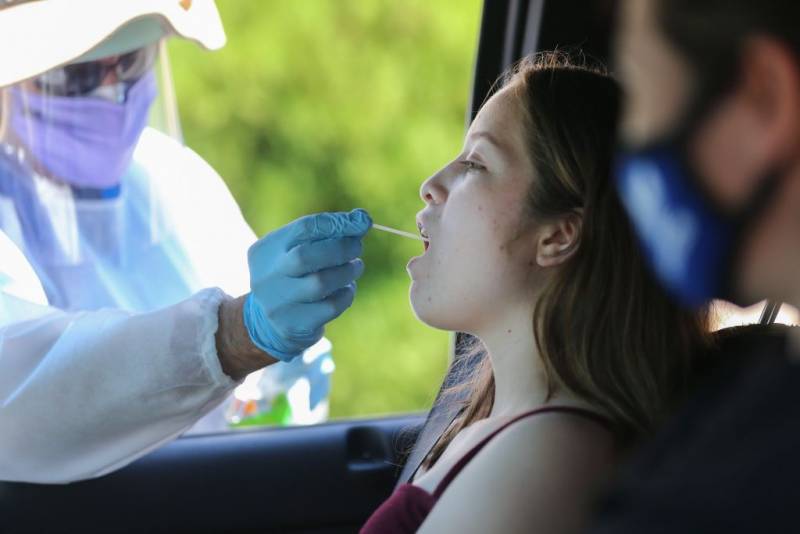Gov. Gavin Newsom on Friday announced a new process for reopening businesses that is slower and more gradual than what the state tried, unsuccessfully, earlier this summer amid the ongoing coronavirus pandemic.
The new rules create a four-tier, color-coded system that counties will move through based on their case numbers and positive test rates.
That process shifts more decision-making power to the state and away from local jurisdictions, although officials emphasized that counties can adopt rules that are more restrictive (but not less) that those prescribed by the state.
The new rules — dubbed “Blueprint for a Safer Economy” — come nearly two months after Newsom shut down bars, indoor dining at restaurants and a slew of other businesses to stem a surge in new cases following the state’s first reopening attempt.
After being forced to close businesses for a second time, the state is “making sure that we really hold strongly to these buffers in terms of criteria and data, and holding that criteria and data in line for an extended period of time,” Newsom said.
“We’re going to be more stubborn this time and have a mandatory wait time between moves. We didn’t do that last time,” he added.
In simple terms, the uniform statewide rules are about calibrating business activities with how widespread the virus is within each county. The more cases and positive tests, the tighter the restrictions on restaurants, retail shops and other businesses.
The new approach is aimed at ensuring the state’s cases don’t skyrocket when businesses begin to reopen.
However, many details about how the process would work remained unclear.

